Mewat, now called Nuh, in Haryana, is one of the most backward places in India, according to a NITI Aayog report. Home to Meo Muslims (Mevs in local parlance) who make up 70 per cent of the population, Mewat is notorious for its ruthless cow smuggling gangs. Armed cow thieves are lethal and brutal, says Pratyaksh Sharma, whose NGO manages a 300-bed hospital for cattle in Hodal. A Delhi policeman says Mewati gangs often target vulnerable areas of the city and slip out through the porous border after committing the crime. A few years ago, a gang of cow-smugglers abducted a North-East girl from Dhaula Kuan in Delhi and gangraped her in a moving truck.
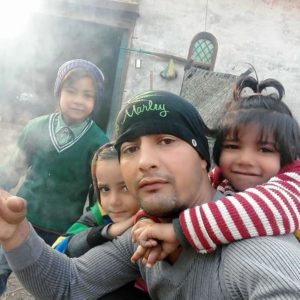
Villagers in neighbouring Hindu-majority Hodal have many sordid tales to tell about the cruelty of Mewati gangs. Deepak, a local resident, warns me to finish my Mewat trip before sundown. “It is a mini-Pakistan and even police refuse to go there. They are armed to the teeth and have no qualms in killing anyone who come in their way of smuggling. Six gau rakshaks have been killed in Haryana by Mewati gangs in the recent past,” says Bablu, a gau rakshak in Hodal.
On July 29, Gopal, a gau rakshak, was shot by cow smugglers when he tried to stop a vehicle carrying stolen cows. Satvir Sorout, the cousin of Gopal, says despite being victims of crimes by cow smugglers, the national discourse is skewed against gau rakshaks. “We revere cows; it is our dharma. But these Mevs come and lift our cows. The government, media and police still think we are at fault, as if these Mevs have the right to steal our cows,” says Sorout.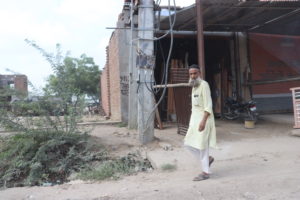
A vilification campaign unleashed by the Left-liberals and a section of the media portrays gau rakshaks as communally-motivated criminals, let loose by Hindu organisations to tame Muslims. A Left researcher said gau rakshaks make huge money by facilitating cattle smuggling.
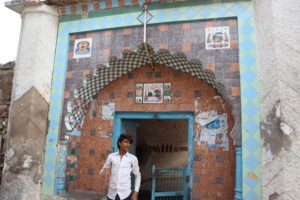
Hodal villagers say this is far removed from reality. “Do you think we will sacrifice our lives for a few thousand rupees? For generations, we are cow worshippers. We don’t have any fight with Mevs except on the issue of cow. Many of our colleagues received bullet and knife injuries. They tried to run the truck over some of our workers. Show me a case where a cow smuggler has received bullet injuries,” says Bablu.
Tarun Yogi, an IT professional, says the government should provide arms licence to gau rakshaks. “It is an intellectual fad to run down gau rakshaks and paint Muslims as victims. If they were so innocent, how come many gau rakshaks get bullet injuries. Why only Muslims are involved in this trade,” he asks.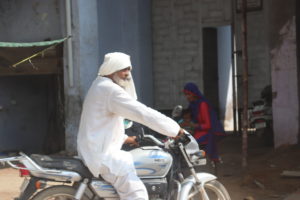
Rajesh Sharma, a social activist, feels that social organisations with nationalistic outlook should work to bring about the syncretic culture of the region. He says the phoney outrage, hypocrisy and false narratives of the media and Left-Liberal intelligentsia have only helped widen the faultlines and rupture social fabric.
According to Sharma, what the government should do is to take strong action against the culprits who indulge in cow smuggling and slaughter. “The need of the hour is to take a long-term view of the issues. Don’t allow this issue to drive wedge between the communities and push them into the jihadi trap. Meos are proud of their Hindu past. They revere Rama and Krishna. It is important to emphasise our commonalities and shared past,” said Sharma.
Deepak says one rarely finds a Muslim woman in burqa in Mewat. “Some women might wear it when they go out of Mewat, but it is very rare,” he said. However, he said the number of madrasas is going up, which may be a cause of concern.
Mewat’s history
The historical region of Mewat spreads over several areas of Haryana, Rajasthan and Uttar Pradesh. It was the capital of the 5th century BC Matsya kingdom. Although converted to Islam during the Mughal period, Meos consider themselves to be descendants of Rama and Krishna. They still follow several Hindu customs and celebrate festivals like Holi and Diwali.
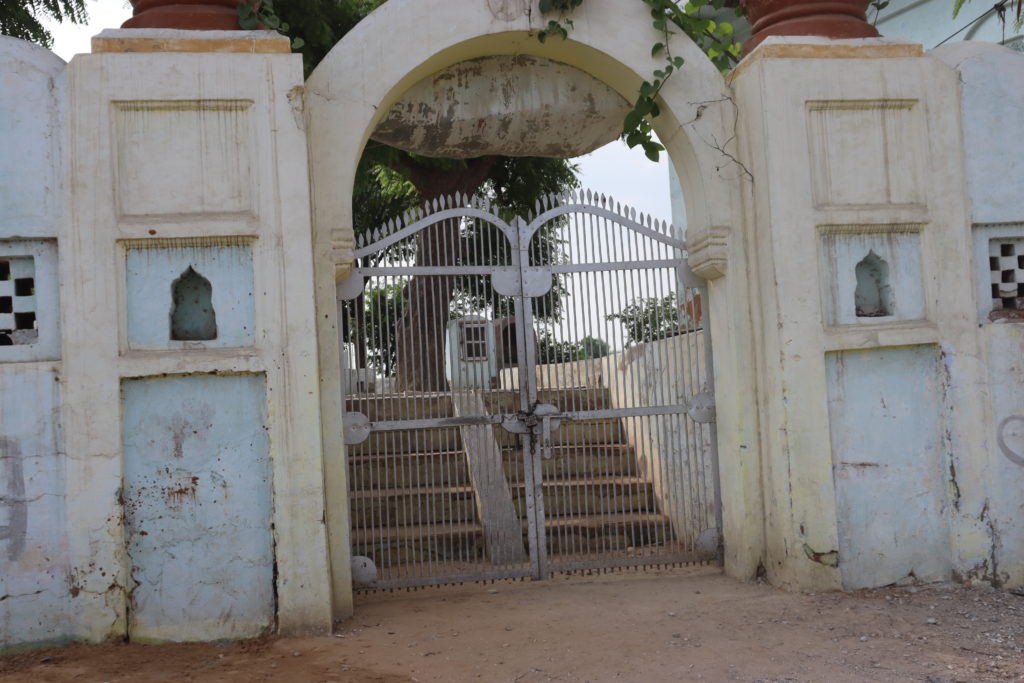
Krishna connection
Sameem, a Muslim youth who volunteered to show us around Mewat, waxes eloquent when he talks about ‘Krishna Ji’s’ connection with his village. He says his village got its name Singar from Sanskrit word shringar (romance). “Krishna Ji romanced with gopis in the gardens of Mewat,” he says, with a gleam in his eyes. He then leads us to a lake (which has turned into a cesspool) where “Krishna Ji took bath”. A dilapidated Krishna temple stands on the banks of the lake which opens to a ground filled with mounds of slime and filth. Stench in the air becomes unbearable; without paying obeisance to Krishna, we left the place.
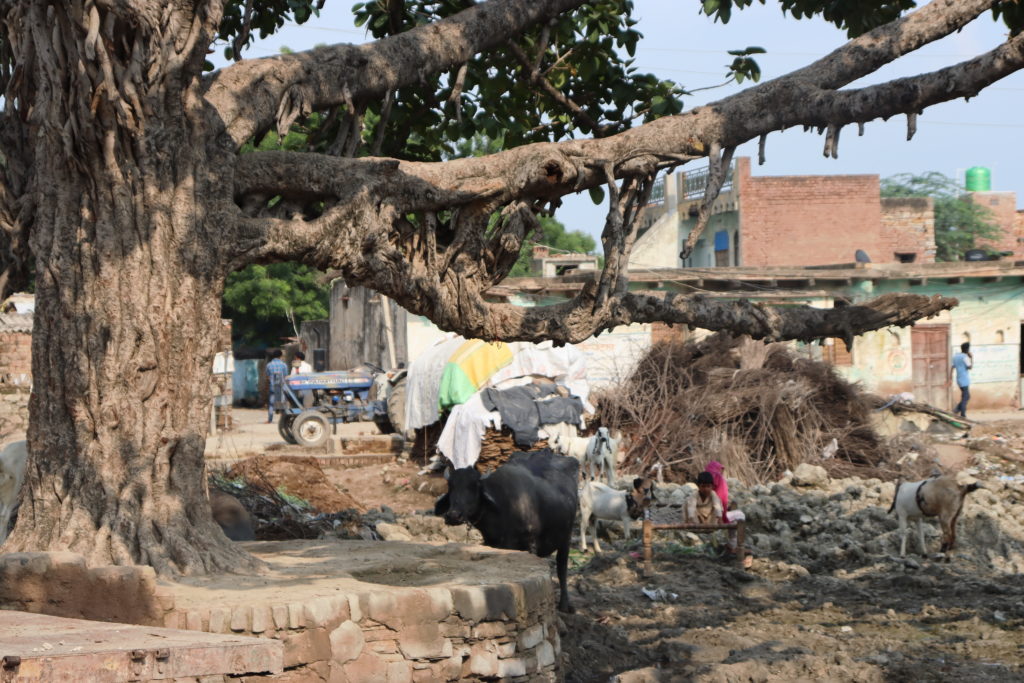

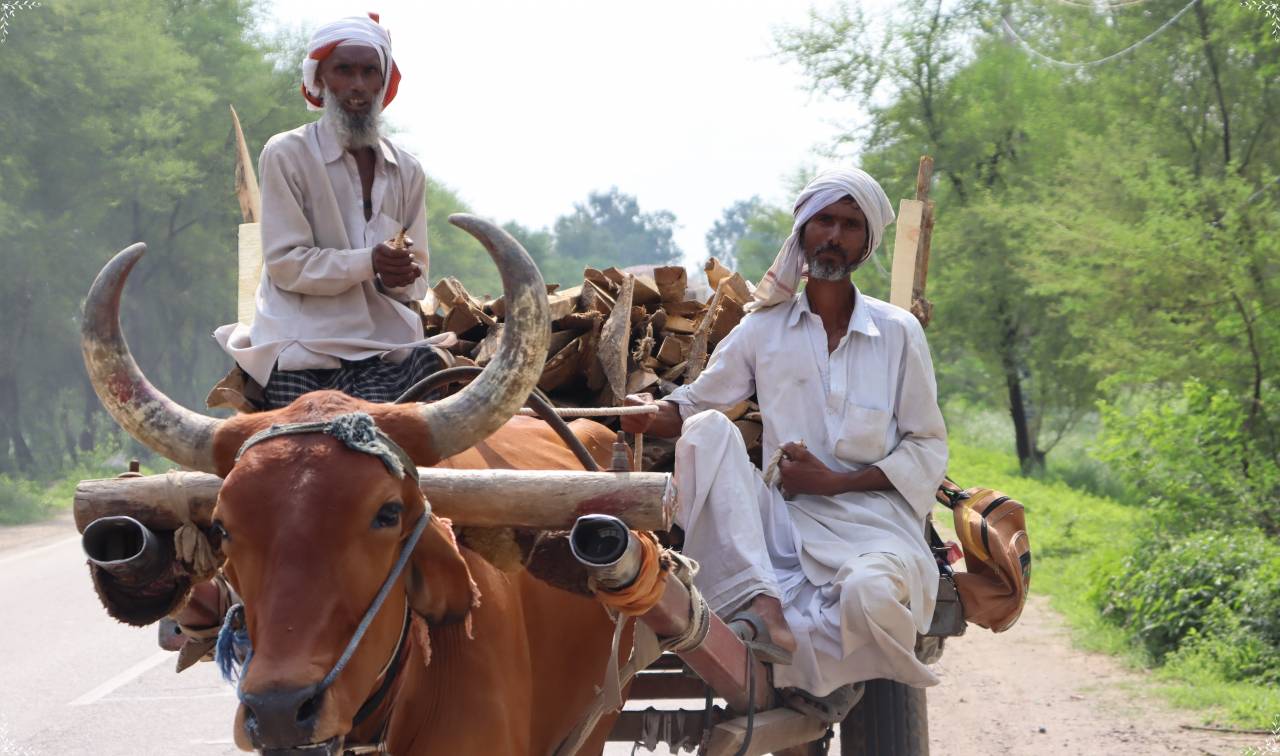
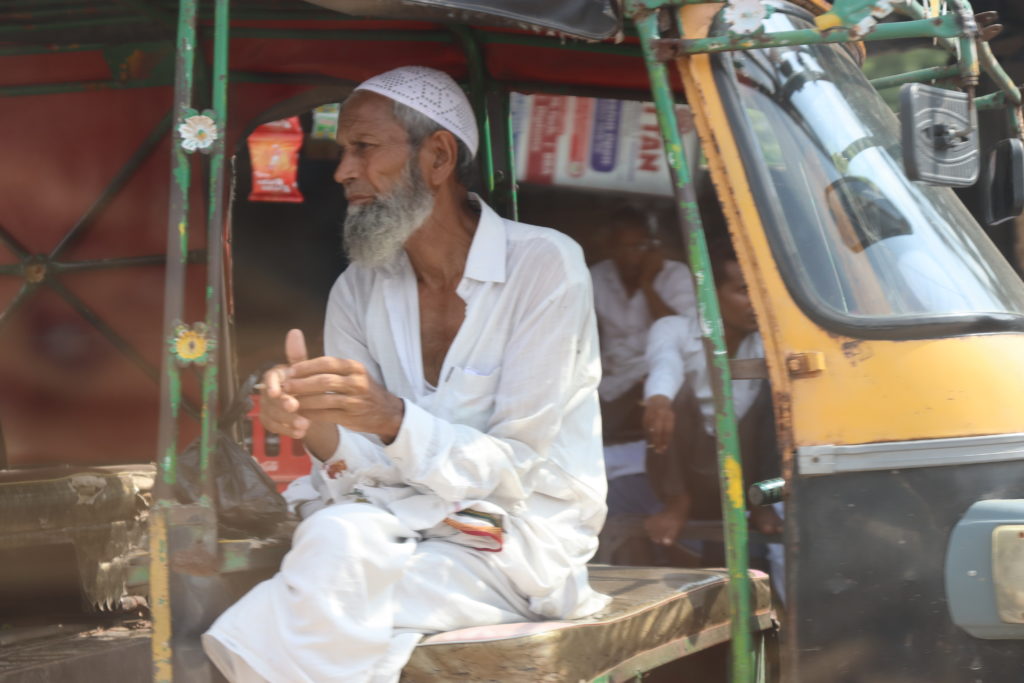















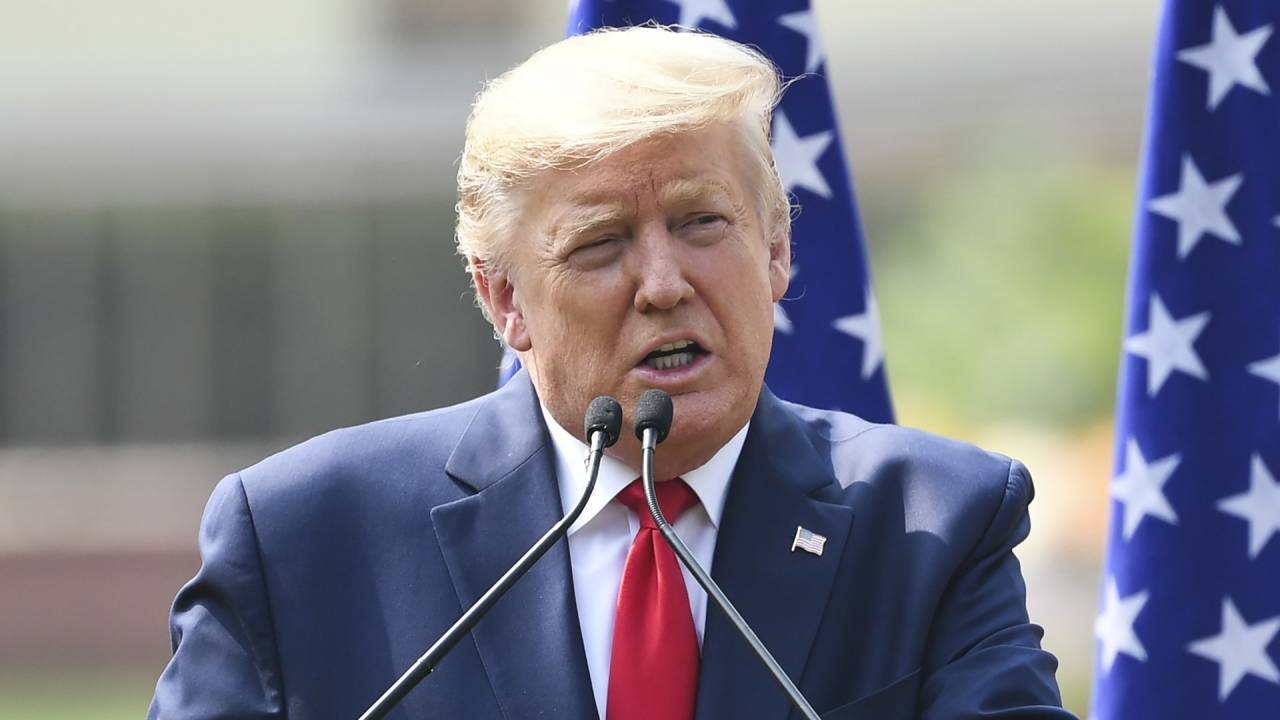
Discussion about this post